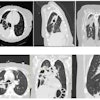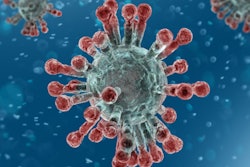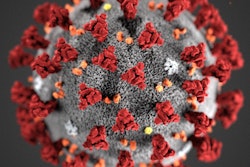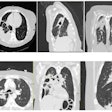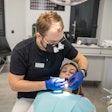COVID-19 FAQs, page 2
2. What is a coronavirus, and where did SARS-CoV-2 come from?
Coronaviruses are a large family of enveloped viruses frequently found in animals, including camels, cattle, cats, and bats. From time to time, close contact with animals and humans can facilitate the acquisition of these viruses, and, in a process called spillover, these animal coronaviruses can infect people.
Historically, coronavirus infections caused minor respiratory infections similar to a cold. Although annoying, these infections were seldom life-threatening. However, in 2003, a new coronavirus disease known as severe acute respiratory syndrome (SARS) was first reported in Asia in February 2003. The outbreak lasted approximately six months as the disease spread to more than two dozen countries. Total SARS cases reported by the WHO were 8,096 with 774 deaths, and, by 2004, no new cases were reported. The source of the virus was traced to civet cats, which are a food source in parts of Asia.
Another coronavirus infection was reported in Saudi Arabia in 2012. This was known as Middle East respiratory syndrome (MERS). This infection causes an acute respiratory syndrome similar to SARS and, to date, has been reported in 27 countries. Camels are reported to be the source of this coronavirus.
In December 2019, a novel betacoronavirus not previously identified in humans and not previously detected before was reported in Wuhan, China. The virus has been identified as the SARS-CoV-2 virus and the disease is known as COVID-19. All of the original infections had contact with a live animal/seafood market in Wuhan, and most likely the spillover from animals to humans originated there. However, the species of animal has yet to be identified.
Previous page | 2 | Next page
